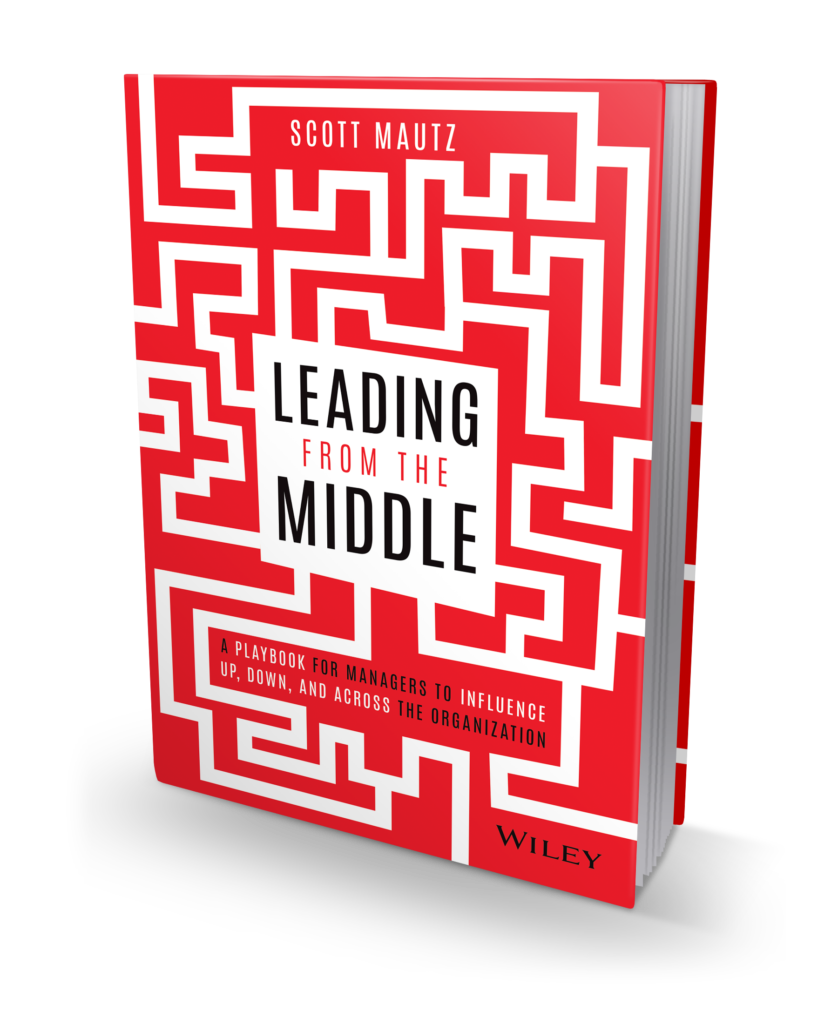
After giving a keynote, I was speaking with some audience members, all CEO’s of small companies. They were describing how exasperating it is to keep today’s employee engaged and fully focused.
One asked if I had data on how often employees aren’t present in the moment and are instead multi-tasking, daydreaming, or are absorbed in any other distraction. I recalled a study from my book Find the Fire and shared it with them. They were flabbergasted, which led me to share it with you here. First, the study, then I’ll share where our discussion went.
In 2010, Harvard psychologists Matthew Killingsworth and Daniel Gilbert conducted a study with 2,250 subjects, checking with them at random times (via a phone app) to record what they were doing at that moment and what their mind was focused on. A quarter-million datapoints later, they determined that the test subjects (and all of us by extrapolation), had wandering minds, i.e. were not paying attention/fully engaged with what was right in front of them — a whopping 47 percent of the time.
And here’s the real kicker, the study further determined that a wandering mind is not a happy mind, as not being present in the moment was the cause of test subjects who reported unhappiness, not the consequence. As Killingsworth reported: “Mind-wandering is an excellent predictor of people’s happiness. In fact, how often our minds leave the present is a better predictor of our happiness than the activities in which we’re engaged.”
The study also found that people’s minds were more likely to wander to pleasant topics (43 percent of the time) or neutral topics (31 percent) than unhappy topics (26 percent). But people were considerably less happy when thinking about neutral or unhappy topics and were no happier when thinking about pleasant topics than when fully engaged in what they were doing.
In other words, when you’re not present in the moment, all roads point to unhappiness. Even when you’re in a bad mood and you let your mind wander to happy things, you’re no better off than if you just stayed present in the moment.
And with our minds wandering 47 percent of the time, I’d say researcher Killingsworth may have understated it when he said, “This study shows that our mental lives are pervaded, to a remarkable degree, by the non-present.”
The 47 percent shocked my post-keynote colleagues, so our talk quickly turned to what to do about it — how to keep employees/ourselves present in the moment. They didn’t want standard-issue advice so I gave them some quirky but memorable and effective methods.
1. Act like a baby.
I don’t mean this in a derogatory sense. It’s sounds silly, but uttering this phrase to yourself when you catch your attention wandering pulls you back in. Think about it. Ever notice how charismatic babies are, how they capture the room without saying a word? It’s not just their cuteness or their personalities which aren’t even fully developed yet.
It’s because they’re 100 percent present in the moment, absorbed in and fascinated by everything that’s right in front of them. And they seem so happy (minus hungry or dirty diaper time). Coincidence?
2. Accept that multi-tasking is a myth.
We think we’re super-skilled at multi-tasking. But it’s a lie. MIT neuroscientist Earl Miller told NPR that our brain can’t focus on two things at once — it’s literally impossible. Says Miller (edited for brevity): “Switching from task to task, you think you’re paying attention to everything around you at once. But you’re actually not. You’re just switching between those tasks very rapidly (a phenomenon known as ‘task-switching’).”
The tasks compete to use the same part of the brain, further confirming the impossibility of the “two things at once” dream.
So your brain deludes you into thinking you’re successfully multi-tasking. But it gets worse. When multi-tasking, you actually lose up to 40 percent productivity as it takes your brain more time to switch from task to task and you make far more errors than when focusing on one task at a time.
It’s time for a return to single-tasking.
3. Catch the drift.
I’m not talking about making sure you comprehend, but about recognizing when your attention is drifting from what’s happening in front of you (something I struggle with in any meeting over a half-hour).
To help, I write one of four sentences on top of every meeting agenda as a reminder to stay present (you pick the one you like most): “Zone in, not out”, “Be mindful, not mind full”, “Run your mind, don’t let it run you”, or my favorite, “What has my attention right now?”
Make your presence a present by staying present. It’s the best gift you can give yourself (and those around you).
EXCITING NEWS – You can now pre-order my new book, already an Amazon #1 BEST-SELLING new release in Management Science!

Leading from the Middle: A Playbook for Managers to Influence Up, Down, and Across the Organization (publication date is May 18th, 2021). Order here https://amzn.to/3as5tK8 OR… Get a massive BONUS BUNDLE by ordering 5 or more copies here: http://lftm.bulkbooks.com/ Check out a detailed book description here: https://bit.ly/2MLe5Do




Leave a Reply